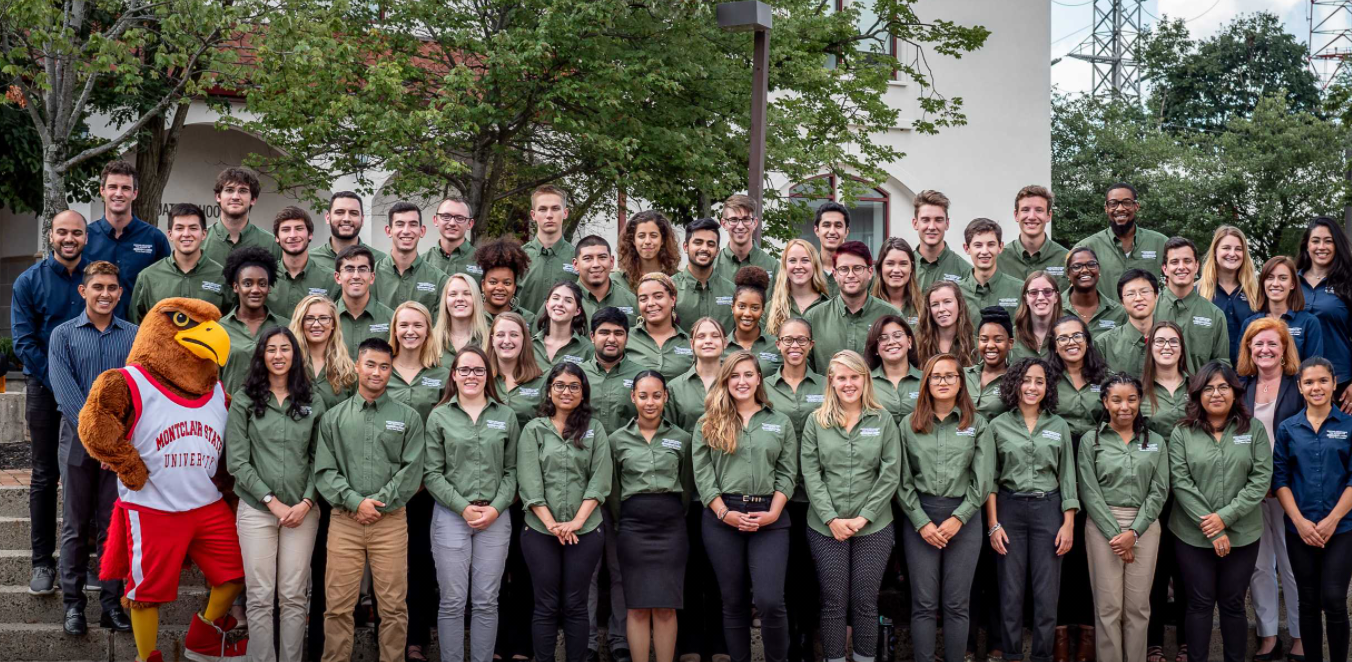Document Type
Article
Publication Date
2-3-2021
Abstract
With traditional natural gas being one of the top options for heating in the United States and the present threat of climate change, there is a demand for an alternative clean fuel source. A Renewable Natural Gas Implementation Decision-Making Conceptual Model was created to provide a framework for considering the feasibility of renewable natural gas (RNG) projects and applied to New Jersey, specifically investigating landfills and wastewater treatment plants (WWTPs). Data from the US EPA’s Landfill Methane Outreach Program and New Jersey’s Department of Environmental Protection Sewage Sludge databases were used to identify seven landfills and 22 WWTPs as possible locations for RNG projects. Landfills were found to have a higher potential for producing RNG, on average potentially producing enough RNG to heat 12,792 homes per year versus 1227 for the average WWTP. Additionally, landfills, while having higher capital expenses, have lower projected payback periods, averaging 5.19 years compared to WWTP’s 11.78 years. WWTPs, however, generally are located closer to existing natural gas pipelines than landfills and when they produce more than 362 million standard cubic feet per year (MMSCFY) of biogas are financially feasible. RNG projects at Monmouth County Reclamation Center, Ocean County Landfill, and Passaic Valley Sewerage Commission WWTP show the greatest potential. Greenhouse gas emission reductions from RNG projects at these facilities utilizing all available biogas would be 1.628 million metric tons CO2" role="presentation" style="box-sizing: border-box; max-height: none; display: inline; line-height: normal; font-size: 13.199999809265137px; word-spacing: normal; word-wrap: normal; white-space: nowrap; float: none; direction: ltr; max-width: none; min-width: 0px; min-height: 0px; border: 0px; padding: 0px; margin: 0px; position: relative;">CO2 equivalents per year, synonymous to removing over 351,000 passenger vehicles from the road each year. In addition, expanding federal and state incentives to encompass RNG as a heating fuel is necessary to reduce financial barriers to RNG projects throughout the US. Overall, this paper supports the hypothesized conceptual model in examining the feasibility of RNG projects through examples from New Jersey and confirms the potential for RNG production utilizing existing waste streams.
MSU Digital Commons Citation
Dyer, Anneliese; Miller, Amelia Christine; Chandra, Brianna; Maza, Juan Galindo; Tran, Carley; Bates, Justin; Olivier, Vicky; and Tuininga, Amy, "The Feasibility of Renewable Natural Gas in New Jersey" (2021). Publications. 1.
https://digitalcommons.montclair.edu/pseg-institute_pubs/1
Published Citation
Dyer, Anneliese, Amelia Christine Miller, Brianna Chandra, Juan Galindo Maza, Carley Tran, Justin Bates, Vicky Olivier, and Amy R. Tuininga. "The Feasibility of Renewable Natural Gas in New Jersey." Sustainability 13, no. 4 (2021): 1618.
Included in
Agricultural Economics Commons, Bioinformatics Commons, Chemicals and Drugs Commons, Ecology and Evolutionary Biology Commons, Econometrics Commons, Environmental Health Commons, Environmental Studies Commons, Other Medicine and Health Sciences Commons, Other Pharmacology, Toxicology and Environmental Health Commons, Public Economics Commons, Research Methods in Life Sciences Commons, Systems Biology Commons


